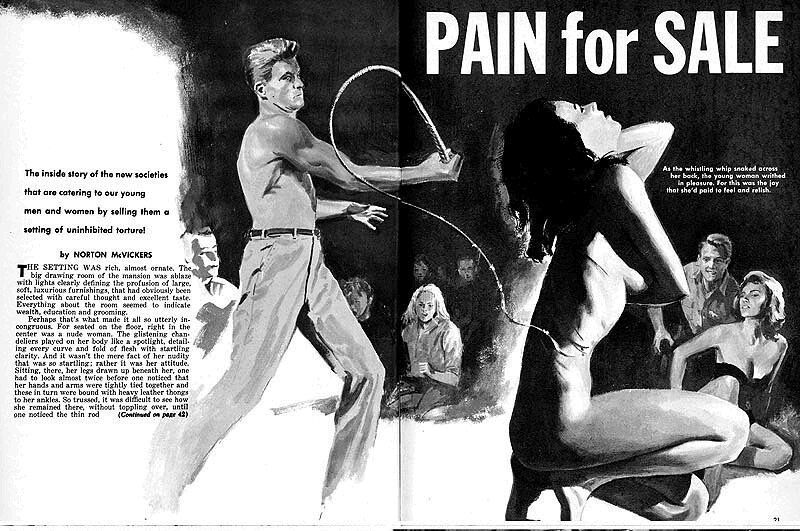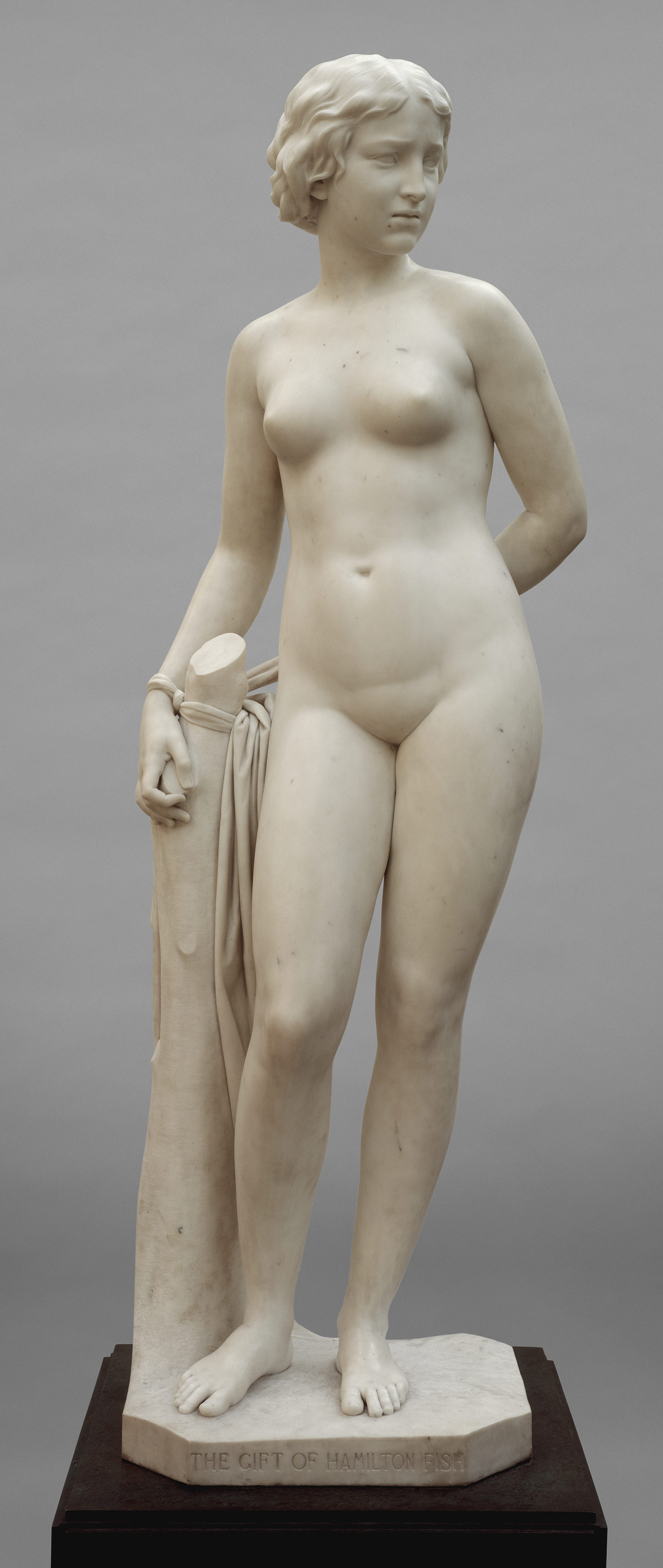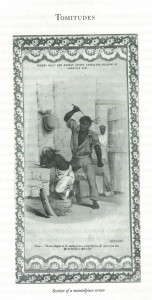
Well, sooner or later, somebody had to make an image like the one above.
Danny Hellman created this for cover of the 24th issue of the Cinema Sewer zine, published out of Vancouver, BC by Robin Bougie.
It’s not the only Hellman that satirizes the Iraq and Afghanistan war, viewing those conflicts through the lenses of comic books and exploitation magazines (e.g. 1). This is an obvious take on the previously discussed Israeli stalag novels and the later men’s adventure magazines, referencing the notorious Abu Ghraib pictures. The brunette woman in the background represents Lynndie England, for instance.
The Abu Ghraib pictures put Americans in a quandary. The scenario was familiar, but the ones inflicting the suffering were “us”, not “them”. How could this be? This is what Other people do. It’s telling that England, a female soldier, became the most recognizable name and face associated with this scandal, linking political deviance with female sexual deviance.
I feel somewhat disappointed that this image is too knowing, too ironic to be a genuine expression of fantasy. Maybe we need to wait a few years before the psychosocial impact of the War on Terrorism percolates up from the collective subconscious. Or perhaps the torture porn film genre previously discussed is part of that response. Maybe in North America the feared Other is not the Muslim terrorist, but the out-of-control, paranoid police state. That at any second, for no apparent reason, we can find ourselves strapped to something in a windowless room where we are utterly helpless before an unknown person. Network television is already crawling with surveillance and confinement and competition. Somewhere out there, Room 101 is ready for you.











